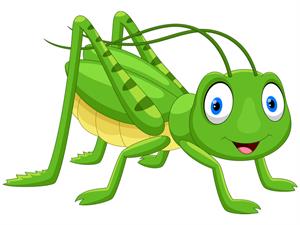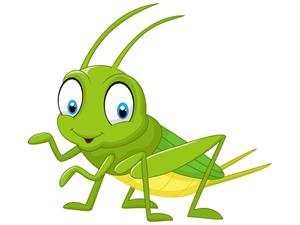
PUMPA - SMART LEARNING
எங்கள் ஆசிரியர்களுடன் 1-ஆன்-1 ஆலோசனை நேரத்தைப் பெறுங்கள். டாப்பர் ஆவதற்கு நாங்கள் பயிற்சி அளிப்போம்
Book Free Demo“On the Grasshopper and Cricket” by John Keats is a fine piece of sonnet written in December \(1816\). The poem was inspired by the beauty of nature, the most common theme among the Romantic poets.
"On the Grasshopper and Cricket" celebrates nature's never-ending beauty by incorporating the songs of two specific insects, the grasshopper and the cricket.
The poem has been divided into two stanzas. The first stanza deals with the description of Grasshoppers and its activities during summer. The second stanza is about Crickets and its activities during winter.

Grasshopper

Cricket
The primary thought of the sonnet is the perseverance of the grasshopper and the cricket to give entertainment and happiness to us through their respective songs. Their songs express the poetry of earth that never stops existing in any condition. It is a symbolic poem in which the grasshopper is an image of blistering summer, and the cricket is of freezing winter. The poetry of earth never stops in any season and reveals its pleasure through various creatures like the cricket and the grasshopper.
Theme of the poem:
Nature is a spontaneous source of optimism, and happiness is the theme of the poem. Nature never confers negativity and is never sad. Nature is always singing through the mediums like grasshoppers in summer and crickets in winter. Change in climate doesn't bring hindrances in the continuous mirth of nature.
Mood of the poem:
The mood of the poem is joyous. The poem celebrates the calls of the grasshopper and cricket, in short, the voice of nature herself. The setting is luxurious, as the poem celebrates all phases of nature.
The following video is a pictorial rendition of "On the Grasshopper and Cricket".
Reference:
video courtesy: Anaika Educaions